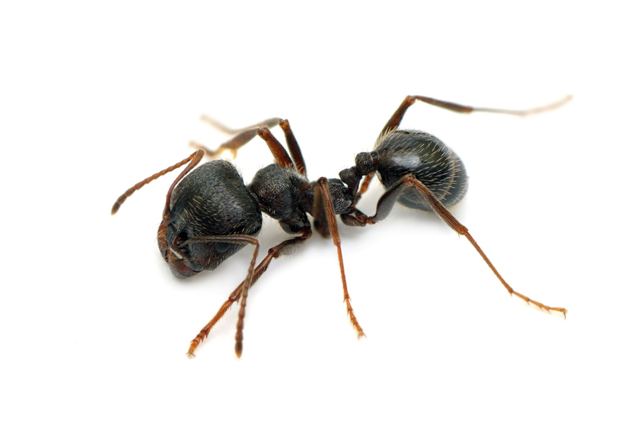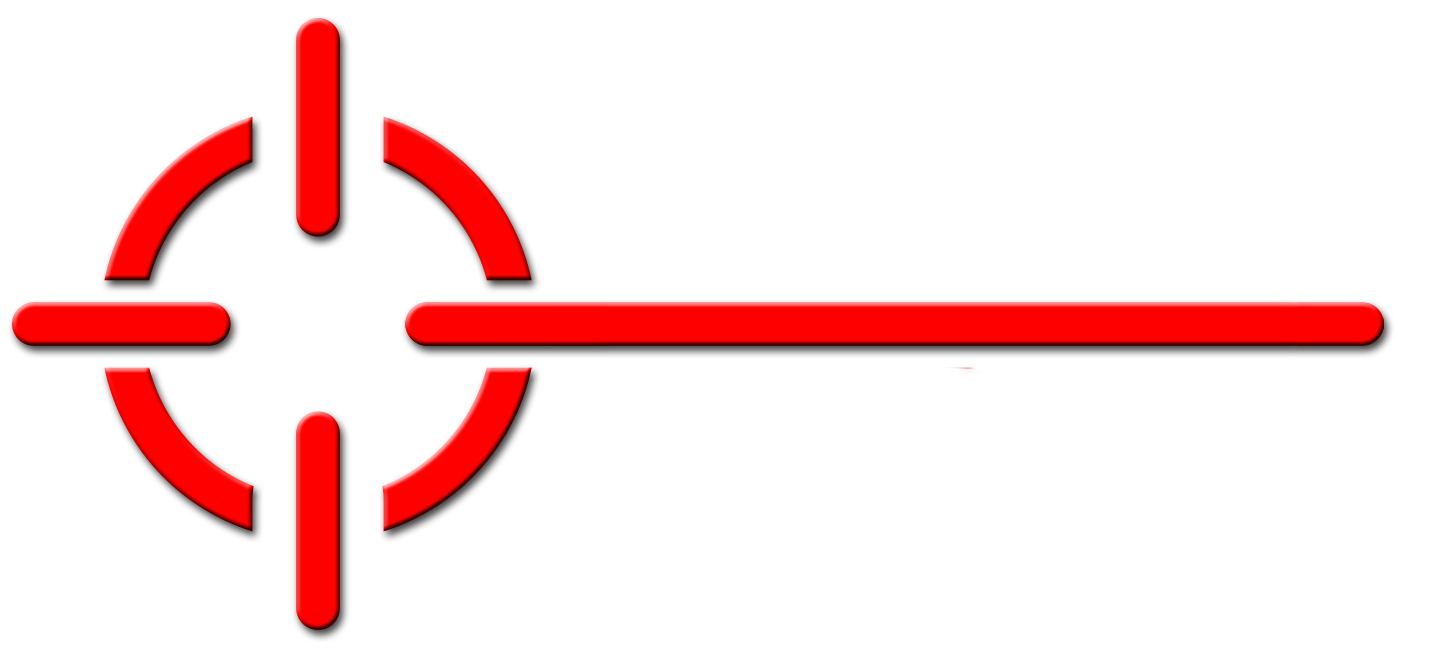
COMMON NAME: Pavement ant
SCIENTIFIC NAME: Tetramorium caespitum(Linnaeus)
CLASS/ORDER/FAMILY: Insecta/Hymenoptera/Formicidae
METAMORPHOSIS: Complete
INTRODUCTION.This ant gets its name from commonly locating its nest in or under cracks in pavement. Pavement ants were introduced from Europe by the early colonists. They are found in most of the eastern half of the United States and on the west coast in California and Washington.
RECOGNITION.Workers monomorphic, about 1/16-1/8" (2.5-3 mm) long; queens about 1/4" (6 mm) long. Body light brown to black with paler legs and antennae. Head and thorax furrowed/groovedwith parallel lines. Antenna 12-segmented, with 3-segmented club. Thorax withpair of small spineson upper back part, profile unevenly rounded. Pedicel 2-segmented.Stinger present. Swarmers can be distinguished from other ant swarmers by the presence of fine furrows/grooves on their head and thorax, similar to those of the workers.
BIOLOGY.Very little work has been done on this ant. Colonies are moderately large to large, averaging 3-4,000 ants and several queens. Developmental time varies from 36 to 63 days. Winged reproductives appear outside primarily in June and July but may emerge anytime inside including during the winter months. Workers have been shown to be an intermediate host of the poultry tapeworms Railiietina tetragona(Molin) and R. echinobothrida(Mednin).
CONTROL.Control is a 3-step process. First, location of the nest(s) is crucial and can often be accomplished by following the trail of foraging workers back from the food source. Treat the nest(s) directly with an appropriately labeled pesticide. Second, a thorough perimeter treatment with a nonrepellent pesticide is highly effective in eliminating the ant problem. Third, lightly mist/spritz all foraging trails of ants with a nonrepellent pesticide. This step is very necessary for colonies located within the structure and it will speed up the control process for those coming in from the outside. This outside-inside combo treatment will usually give results is a few days at most.
HABITS.Inside, pavement ants will occasionally nest in walls, in insulation, and under floors. The most likely place is in ground-level masonry walls of the foundation and especially near some heat source in the winter. They often follow pipes that comethrough slabs for access to upper floors of buildings. Swarmers typically emerge from expansion cracks/joints, from around floor registers, and from under baseboards. They will go up masonry walls and emerge into false ceilings and then come down into occupied areas below in commercial buildings. Outside, these ants typically nest under stones, in cracks in pavement, and next to buildings. They enter buildings through cracks in the slab and walls, slab expansion joints, and the natural openings of buildings. When they excavate for a nest, they typically bring soil up to the surface and pile it up around the entry hole. Although not aggressive, workers can bite and sting. These ants feed on almost anything including live and dead insects, honeydew (they will tend honeydew-producing insects, including subterranean species), seeds, plant sap, and household foods such as meats, nuts, cheese, honey, and bread, but show a preference for meats and grease. They forage in trails, and for distances of up to 30 feet (9 m).

